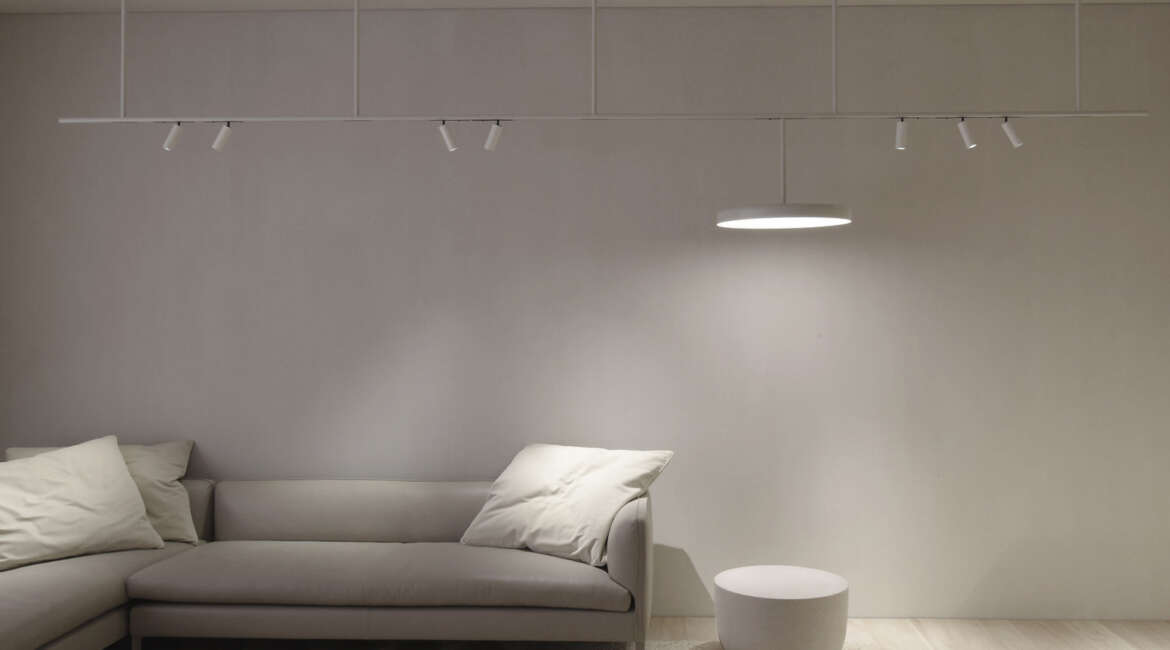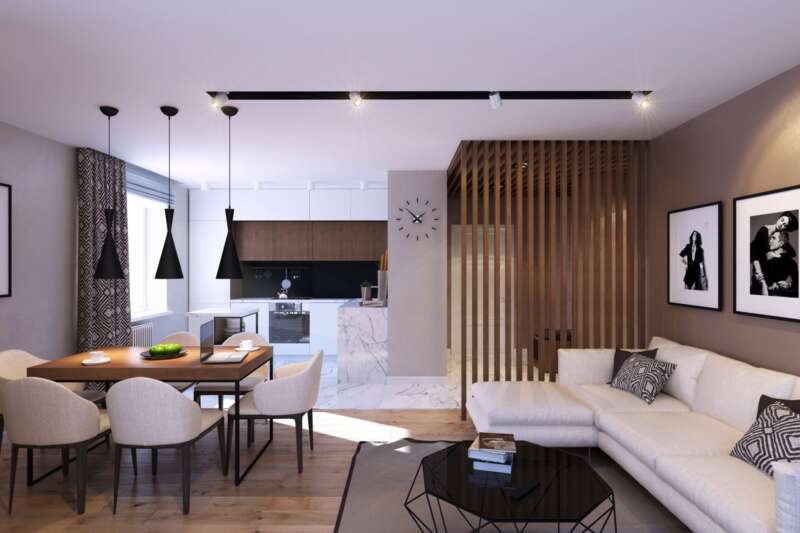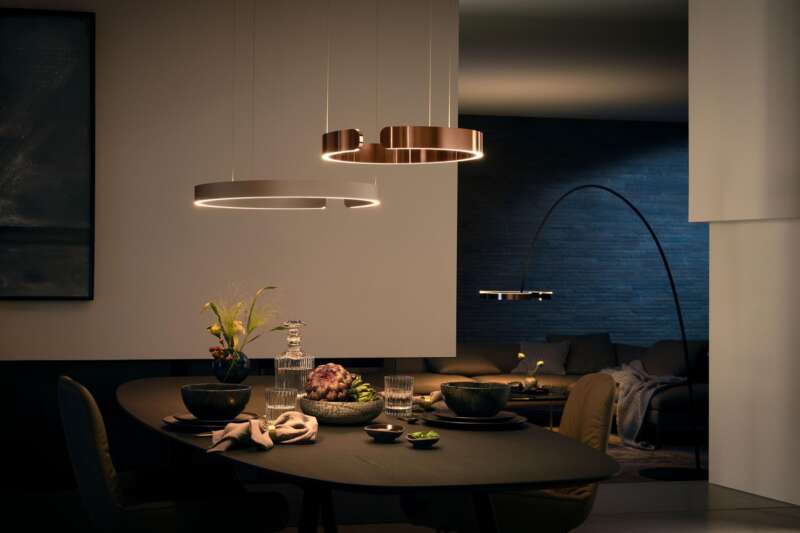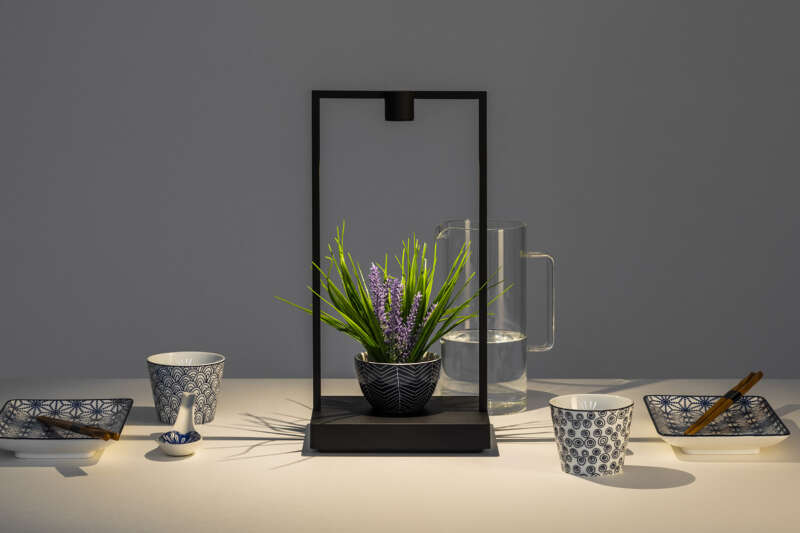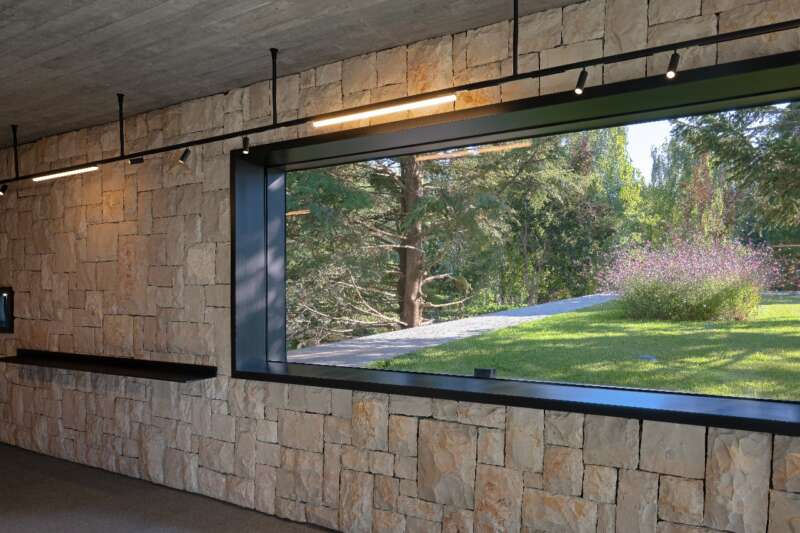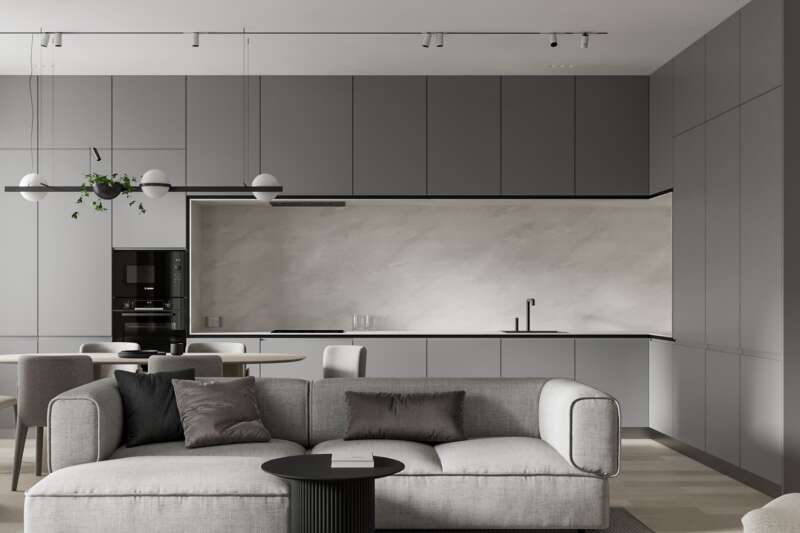Interior Lighting Tips To Beat The Winter Blues
Lighting in Interior Design
Low temperatures, darker skies, and shorter days may heighten dreariness. Lack of vitamin D may take a toll on your health too. The low light bulb exposure in your living room and lack of natural light may make you depressed. It is common to find yourself locked in the house during wintertime (fewer sunlight moments and low temperatures).
The winter lighting in your dining room can be made effective by using led lights or sconces to beat the dark winter.
Best Interior Lighting Tips To Beat The Winter Blues
The right lighting such as pendant lights, string lights for your wall lights or floor lamps for your side table will enhance your room lights drawing warm white light and aesthetics to the living room.
With a few tips, you can enjoy the chilly evenings using lighting designs, lighting fixtures and lighting ideas both for your indoor and outdoor lighting.
1. Accentuate the bright side
Maximize the natural light as much as possible. Your sheers will do a positive job of illuminating the light as well as maintaining your privacy. Keep the heavy curtains and shutters open till daybreak. Accentuate the lights by keeping mirrors next to your windows.
2. More Light
Include floor lamps throughout the house and swap your dim lights with brighter ones. Let your house illuminate with brightness. To enhance an intimate feel, use more table lamps to create a cozy glow. Enhance the color shades to be warmer rather than cool.
3. Add more glow
Candles are known for creating an intimate feel but a little coziness will not hurt. Add a little shimmer with the candles and brighten up the dark corners. The advantage of candles is they are portable and can be moved to any part of the house.
4. The dining light
Utilize high wattage bulbs on your chandeliers and scones. Include them in your overhead lights too. You can use your table or side lamps and sideboards to illuminate more light and warmth. However, if a fixture illuminates too much glare, you can reduce it by replacing it with a reflector bulb.
5. Task lights
They are essential in places where you can easily read or work without needing a lamp like on the kitchen table or on your porch recliner during the day or during the spring season. Just as candles, desktops can be easily moved.
6. Home makeover
Use bulbs closer to natural colors as much as possible. Beat the blues with the blue spectrum as it can better the mental focus and alertness than other types. You can incorporate in-built systems that use LEDs and can change colors to increase the energy during the day creating warmth and coziness as you unwind at night.
Use window treatments to manipulate light. Translucent drapes tend to filter mire light and produced a diffused effect. Slated blinds provide optimum light control. The light control can vary from total transparency to full screening. It can also create dramatic patterns of light and shades when located at different angles.
7. Dimmer switches
They increase the light effects and allow you to fine-tune the source as you maximize the other light sources. Rather than changing the bulbs, change the shades in a fixture. Translucent materials will allow more light making the rooms brighter. Add a mood-changing color to a space without paint by fixing a spotlight with a colored filter.
You can use different colors depending on the mood you want to create. Yellow may be used to reflect well-being and efficiency, blue is soothing, and calming and may induce sleep while red is dramatic, stimulating and dynamic. Green is harmonious and can be warm and earthy. Purple is calming and royal.
8. Wall-mounted lights
Create an illusion of longer ceilings by wall-mounting lights around the room’s surroundings. The illuminated light will create a visual elongation giving the ceilings an optical height. The lights can also be concealed behind the furniture o the floors or on the cornice. However, if you want a curved ceiling to appear lower, and enhance an intimate atmosphere, keep the lights from the ceiling.
You can place the ceiling lights fairly low using pendant fixtures with closed tops to avoid illuminating light to the ceiling. Focus attention on objects placed at a lower level such as glass wall hangings positioned on the mid-walls.
If you have a long and narrow space and you want it to seem wider, you can focus your attention on a feature at one end of the wall such as a window with an aesthetic treatment or a sculpture or a beautifully curated piece of art. You can achieve the effect by highlighting it with a spotlight as you light up the other area of the room with a less bright light.
9. Combine lighting with mirrors
To create a larger illusion of your spaces, light up the opposite walls to make them seem further apart. Combine the lights with mirrors and a reflective surface to create an illusion of a larger space. You can use recessed cans facing downwards above a large wall-mounted mirror or position lamps to reflect on the mirror.
10. Turn off the ceiling fan lights
Ceiling fan lights provide a glare of light, especially in the middle of the room. The lights can be useful when vacuuming the room or arranging the small items in place. Then add lamps and scones to your room to add a warm glow. Comfort is not only about having enough light but having the right kind of light. It’s essential to make the rooms brighter but with the right kind of lighting.
11. Consider minimal decorations
Too much clutter can alleviate stress and anxiety. Decluttering your home will free up space and will help you attain a functional and relaxing environment.
12. Adjust your lighting
Avoid increasing the wattage on your regular bulb or sitting under lights that emit UV rays. When adding lights or converting to a stronger form of light, avoid overloading the outlets or the extension cords. Check and evaluate the natural lights to determine where artificial lights will be required.
Then consult a professional when changing your wiring or your lighting control systems.
You can have your breakfast, check your email, or enjoy a morning podcast while you have your light box on. Bright light therapy improves your mood by regulating your circadian rhythms and increasing serotonin. However, too much brightness in the evening might contribute to depression symptoms, too.
13. Biophilic design
The concept of biophilic design refers to connecting nature with modern built environments. A simple but effective way of bringing natural elements to your home is with greenery. Indoor plants have many mindful benefits, such as boosting creativity, inducing relaxation, and relieving stress.
It’s believed that plants can enhance memory and concentration levels. Nurturing your plants helps you nurture yourself too distracting you from technological distractions that may be causing you anxiety.
Conclusion
You can make the look natural by adding vases of flowers throughout your home. This provides instant cheer and brings nature to you, even when it is too cold to go outside. A lighting scheme is, therefore, necessary for winter nights. Make your winter months less dreary by using the right lighting in the winter season.


